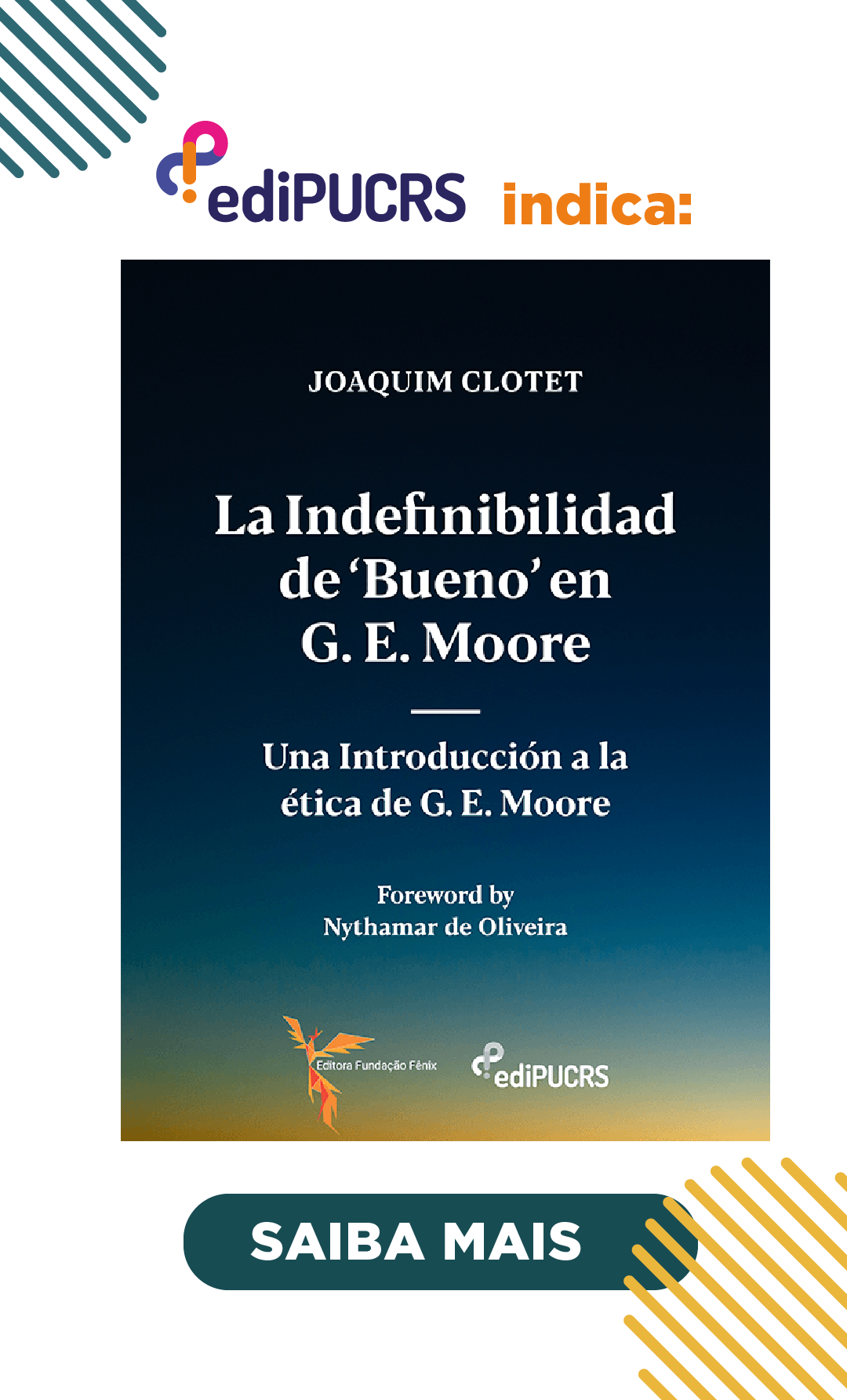A visualidade apofática
Experiência estética de ícones
DOI:
https://doi.org/10.15448/1984-6746.2022.1.43270Palavras-chave:
ícones, teologia apofática, experiência estética, iconoclastia bizantina, experiência religiosaResumo
Este artigo é acerca do carácter específico da experiência estética dos ícones. Defendo a ideia de que a experiência estética dos ícones é uma condição necessária do seu papel e função na veneração cristã, e, além disso, que esta experiência estética particular é de tipo apofático. Os meus argumentos desenvolver-se-ão sobre o pano de fundo da controvérsia sobre a iconoclastia no Império Bizantino e da teologia apofática de Pseudo-Dionísio Areopagita. Além disso, esses argumentos deverão apresentar o próprio debate na perspectiva da estética, não raro preterida a favor de questões sobre aspectos de cariz mais teológico ou ontológico.
Downloads
Referências
ANDO, Clifford. Signs, Idols, and the Incarnation in Augustinian Metaphysics. Representations, [S. l.], v. 73, n. 1, p. 24-53, winter 2001. DOI: https://doi.org/10.1525/rep.2001.73.1.24
ANTONOVA, Clemena. Space, Time, and Presence in the Icon: Seeing the World with the Eyes of God. London: Routledge, 2016. DOI: https://doi.org/10.4324/9781315610177
BARASCH, Moshe. Icon: Studies in the History of an Idea. New York: New York University Press, 1992.
BARBER, Charles. Figure and Likeness: On the Limits of Representation in Byzantine Iconoclasm. Princeton: Princeton University Press, 2002.
BESANCON, Alain. The Forbidden Image: An Intellectual History of Iconoclasm. Chicago: University of Chicago Press, 2000.
BRUBAKER, Leslie, HALDON, John F. Byzantium in the Iconoclast Era, C. 680-850: A History. Cambridge: Cambridge University Press, 2011.
BYCHKOV, Oleg V. Introduction. In: BYCHKOV, Oleg V., FODOR, James (ed.). Theological Aesthetics after von Balthasar. Burlington: Ashgate, 2008. p. xii.
JOHN OF DAMASCUS. Treatise III: Three Treatises on the Divine Images. Translation by Andrew Louth. New York: [s. n.], 2003.
KARAHAN, Anne. Byzantine Iconoclasm: Ideology and Quest for Power. In: KOLRUD, Kristine, PRUSAC, Marina (ed.). Iconoclasm from Antiquity to Modernity. Farnham: Ashgate, 2014. p. 75-94.
LEVINSON, Jerrold. Aesthetics and Ethics: Essays at the Intersection. Cambridge: Cambridge University Press, 1998. DOI: https://doi.org/10.1017/CBO9780511663888
LOUTH, Andrew. The Theological Argument about Images in the 8th Century. In: HUMPRHREYS, Mike (ed.). A Companion to Byzantine Iconoclasm. Leiden/Boston: Brill, 2021. p. 401-424. DOI: https://doi.org/10.1163/9789004462007_010
MAKRIDES, Vasilios N. Orthodox Christianity, Change, Innovation: Contradiction in Terms? In: WILLERT, Trine S., MOLOKOTOS-LIEDERMAN, Lina (ed.). Innovation in Orthodox Christian Tradition? The Question of Change in Greek Orthodox Thought and Practice. London: Routledge, 2016. p. 19-50.
MANGO, Cyril A. The Art of The Byzantine Empire 312-1453: Sources and Documents. Toronto: University of Toronto Press, 2004.
MONDZAIN, Marie-Jose. Image, Icon, Economy: The Byzantine Origins of the Contemporary Imaginary. Stanford: Stanford University Press, 2005. DOI: https://doi.org/10.1515/9781503619289
PENTCHEVA, Bissera V. The Sensual Icon: Space, Ritual, and the Senses in Byzantium. University Park: Pennsylvania State University Press, 2010.
PERL, Eric D. Theophany: The Neoplatonic Philosophy of Dionysius the Areopagite. New York: SUNY Press, 2007.
PSEUDO-DIONYSIUS AREOPAGITE. The Divine Names. In: JONES, John D. (trans.) The Divine Names and The Mystical Theology. Milwaukee: Marquette University Press, 1999. p. 107-210.
PSEUDO-DIONYSIUS AREOPAGITE. The Mystical Theology. In: JONES, John D. (trans.) The Divine Names and The Mystical Theology. Milwaukee: Marquette University Press, 1999. p. 211-224.
STANG, Charles M. Apophasis and Pseudonymity in Dionysius the Areopagite: “No Longer I”. Oxford: Oxford University Press, 2012. DOI: https://doi.org/10.1093/acprof:oso/9780199640423.001.0001
TSAKIRIDOU, Cornelia A. Icons in Time, Persons in Eternity: Orthodox Theology and the Aesthetics of the Christian Image. London: Routledge, 2013.
Downloads
Publicado
Como Citar
Edição
Seção
Licença
Copyright (c) 2022 Veritas (Porto Alegre)

Este trabalho está licenciado sob uma licença Creative Commons Attribution 4.0 International License.
Direitos Autorais
A submissão de originais para a Revista Veritas implica na transferência, pelos autores, dos direitos de publicação. Os direitos autorais para os artigos publicados nesta revista são do autor, com direitos da revista sobre a primeira publicação. Os autores somente poderão utilizar os mesmos resultados em outras publicações indicando claramente a Revista Veritas como o meio da publicação original.
Licença Creative Commons
Exceto onde especificado diferentemente, aplicam-se à matéria publicada neste periódico os termos de uma licença Creative Commons Atribuição 4.0 Internacional, que permite o uso irrestrito, a distribuição e a reprodução em qualquer meio desde que a publicação original seja corretamente citada. Copyright: © 2006-2020 EDIPUCRS





